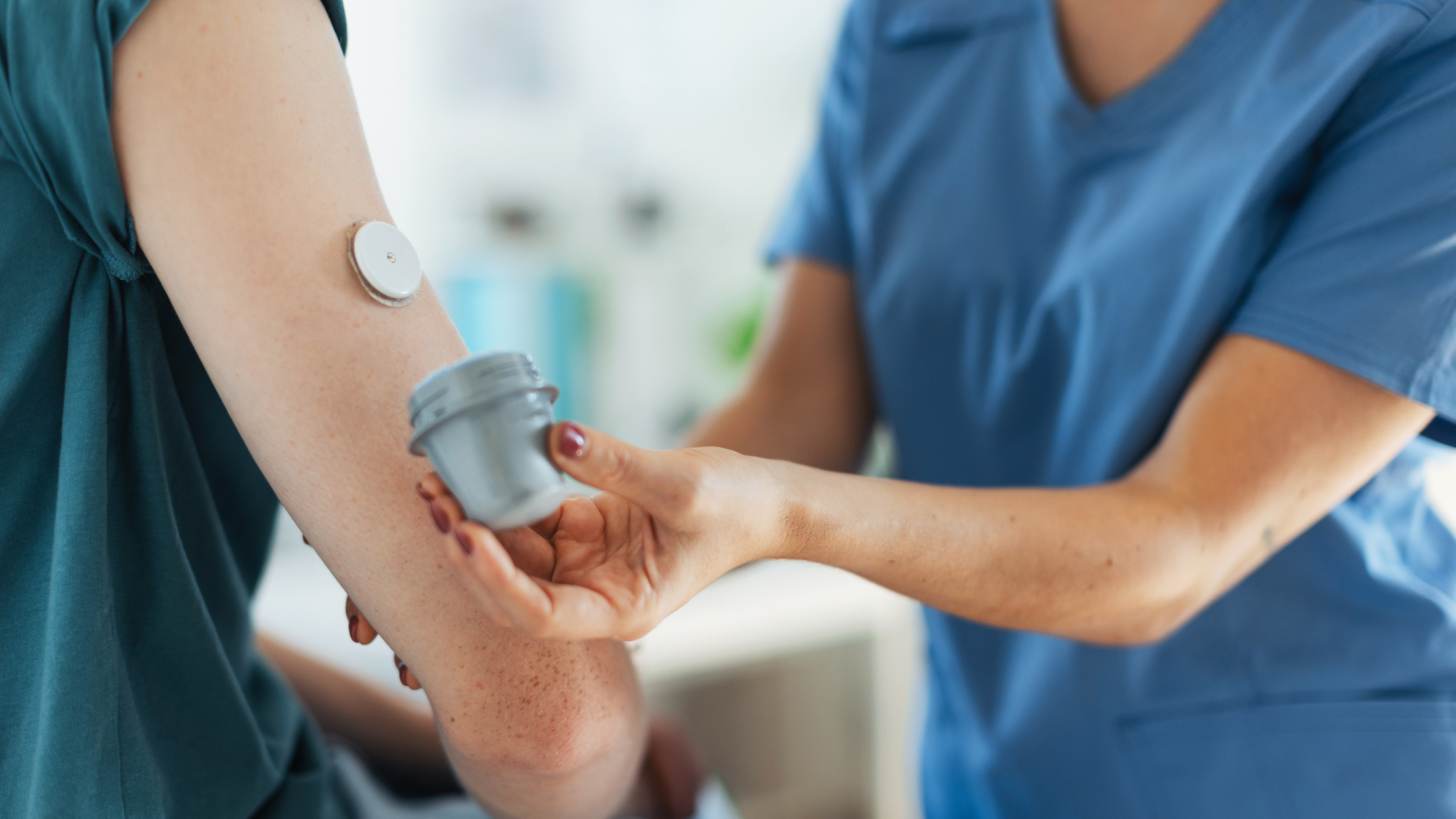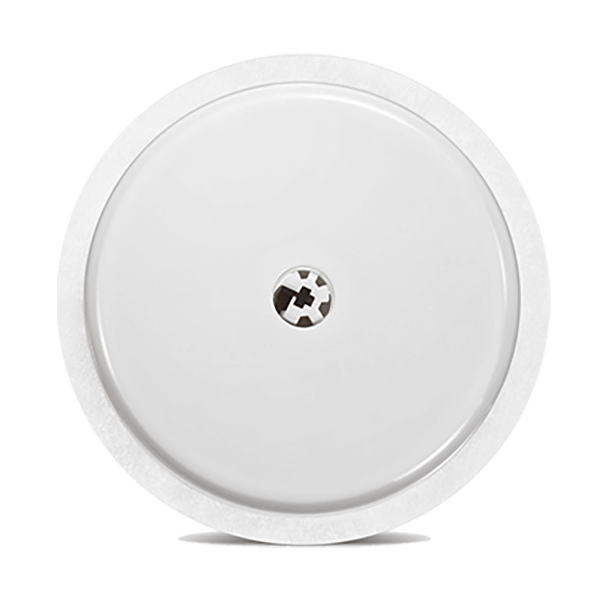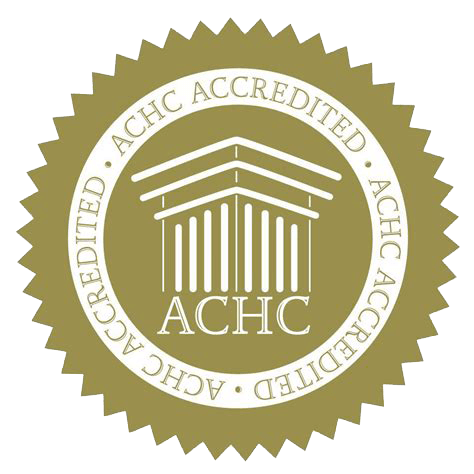While looking into CGMs (Continuous Glucose Monitors), it could be hard to decide which instrument to purchase. In this blog, we’ll look at the producers of the most prominent CGM devices available nowadays. Afterward, we’ll go over the characteristics of each CGM system, their advantages, and disadvantages, as well as how to select among them.
Before selecting a certain type of continuous glucose monitor, you must first check with your personal health care physician and health insurance. Your doctor may recommend a certain type of CGM for your types of situations, whereas your insurance provider may only cover one type of CGM. You’re free to begin reading after consulting with your doctor and insurance company.
Types of CGM for Diabetes:
There are various types of Continuous blood monitoring systems based on how they work, which varies between their manufacturers. The majority of the functions on each manufacturer’s CGM are almost similar. Therefore, it is worthwhile to conduct a quick analysis of the major CGM manufacturers.
Abbott
Abbott Research centers, which was founded in 1888, has the most experience with CGM devices. They are a well-known company in diagnostic tests, healthcare products, feeding practices, and labeled medications. The FDA approved its CGM in 2008.
Dexcom
Dexcom was formed in 1999 and was the 2nd firm to have its continuous glucose monitoring (CGM) authorized by the FDA in 2006. Dexcom is a company based in San Diego, California that specializes in developing and manufacturing continuous glucose monitoring systems.
Eversense
Eversense, manufactured by Senseonics, is the most recent CGM brand. In 2018, the FDA authorized their 90-day implanted CGM. In 2017, their 180-day Eversense XL was certified for usage in Europe. Eversense also specializes in diabetes management services.
Medtronic
Medtronic was formed in 1949 and became the first organization to receive FDA certification for continuous glucose monitoring (CGM) devices in 2001. Although not specifically designed for diabetes management, Medtronic’s Guardian Devices are commonly utilized.
CGM System Comparison
Secondly, we’ll evaluate the features of the different types of CGM systems on the market. These systems were created by the above-mentioned manufacturers and are all high-quality CGM devices. Analyze the advantages and disadvantages to determine which type of system is best for you.
Dexcom’s G5 and G6 CGMs
Finger-stick alignment is not required for the G6, while it is required for the G5. The G5 sensor has a seven-day battery life, whereas the G6 sensor has ten-day battery life. Another advantage of the G6 is that it can accurately detect painkiller ingestion.
Regardless of their variances, all Dexcom CGMs use the continuous detection technique to continuously monitor your glucose levels. When your blood glucose levels reach dangerously high or low levels, these gadgets will sound an alarm.
Advantages of Dexcom G6 over G5
By using Dexcom’s G6 you are kept informed by a continuous monitoring and alert system. Data is correctly transmitted to your receiving antenna or Mobile phone app.
Paracetamol has no effect on the values. Suitable for consumers over the age of 2.
The transmitter has a three-month lifespan.
Disadvantages of Dexcom G5 over G6
By applying Dexcom G5, after 10 days, detectors must always be changed.
Their sensors cannot be reused. Their warm-up period is two hours.
Abbott’s FreeStyle Libre
Abbott’s Freestyle Libre is a game-changing CGM gadget. It was approved in 2017 and is the first continuous glucose monitor (CGM) that does not require finger-stick measurements or readings. The Freestyle Libre is unmatched in terms of ease of use; the detector does not need a physician to install and lasts 14 days. The Freestyle Libre reader can keep up to 90 days’ worth of blood glucose data, while the sensor itself can record up to 8 hours.
Advantages of Abbott’s FreeStyle Libre
By adopting Color calibration is not required. Every two weeks, the sensor/transmitter combo is replaced. It Can be used with either readers or a mobile phone. Unanswered data can be stored in the sensor for up to eight hours. Data is transferred with caretakers.
Disadvantages of Abbott’s FreeStyle Libre
By incorporating Abbott’s FreeStyle Libre, Once every week, the scanner must be updated. There are no cautions or warnings. Sensors cannot be reused. Aspirin and vitamin C in high concentrations are considered harmful drugs. Only users over the age of 18 are permitted.
Freestyle Libre 2
Abbott’s latest CGM, the FreeStyle Libre 2, was launched in 2020 and is an incorporated continuous glucose monitoring (CGM) device for diabetic adults and pediatric patients 4 and up. The detector is known for its high degree of precision, durability, and adjustable sirens.
Advantages of Freestyle Libre 2
By presenting Freestyle Libre 2, Recalibration is not required. Every 14 days, the sensor/transmitter combo is replaced. Its Warm-up time is one hour. Users as young as four years old are permitted. It Can be used with readers.
Disadvantages of Freestyle Libre 2
By choosing Freestyle Libre 2, Once per week, the reader must be updated.
Sensors cannot be reused. High quantities of vitamin C may result in inaccurate readings.
Guardian Sensor 3
The Guardian Sensor 3 from Medtronic is a continuous glucose monitor that delivers continuous measurements of your blood glucose levels. The sensor has a seven-day lifespan and is smaller than the Commonly installed sensor. Furthermore, this CGM device is compatible with Medtronic’s Sugar.IQ virtual diabetes helper. The assistant tells you about your everyday habits and how they affect your glucose levels.
Advantages of Guardian Sensor 3
By following Guardian Sensor 3, Warning bells notify you when your blood sugar levels are too high or too low. It can be used with Android and iPhone apps. You have the option of sharing your glucose data.
Disadvantages of Guardian Sensor 3
By introducing Guardian Sensor 3, Fingerstick recalibration is required. A warm-up period of two hours. Only users over the age of 18 are permitted. The use of acetaminophen has an effect on your readings. Sensors cannot be reused.
CGM Endoscopic Eversense
Because the Eversense Implantable CGM employs an implantable devices sensor, you won’t have to change anything for 90 days. Because this CGM system employs inner sensing, the transmitter must still be put on your skin, thus you will see some of the devices. The Eversense CGM system constantly monitors your blood glucose levels. Because your levels are monitored closely, warnings will activate if they rise or fall too far.
Advantages of Eversense CGM
By installing Eversense CGM, The sensors can be worn for up to three months, while the transmitters last one year. Must be used in conjunction with the user-friendly software from your smartphones, which is extremely customizable. Alarms notify you when your blood sugar levels were high or too low. The active ingredient has no effect on the readings. Data can be shared with caretakers.
Disadvantages of Eversense CGM
By applying Eversense CGM, The detector should be surgically grafted.
The transmitter can be seen on the skin. Calibrations are required twice each day.
Only users over the age of 18 are permitted. Sensors cannot be reused.
Summary of findings: Selecting a CGM System
As you could see, there are resemblances and variations between the 4 categories of CGM. The position of the sensor (within or even outside your body), the security system, the allowed age group, and the sensor life will all vary. Aside from that, all four varieties of CGM perform the same necessary functionalities: they continually monitor blood glucose levels without any need for fingersticks. Get your doctor’s advice, but feel free to debate the advantages and disadvantages described above, as well as whichever CGM system, might perfectly suit your lifestyle, with him or her before deciding on a CGM system.
















